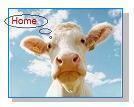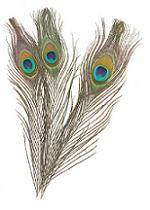|
Ayurveda: Science of life

Everything in Ayurveda is validated by observation, inquiry, direct examination and knowledge derived from the ancient texts, and is much more than a medical system but is the science of life itself. Ayurveda is made from two words, ayu meaning `life' and veda which means `science'. Further explained ayu encompasses the four elements of mind, body, senses and soul. Ayurveda like many ancient practices treat (unlike modern medicine) the body as a `whole' i.e. wholistically. In ayurveda the individual is comprised of five primary elements which are ether, air, fire, water and earth. Whilst the body is seen as these five elements, human physiology usually combines more than one which creates another subset namely:
Vata: [ether and air] governs the principle of movement or locomotion and as such is seen as the force directed from nerve impulses, circulation, respiration, and elimination. Vata disability: ptosis, loss of sensation, weakness, continuing pain, stiffness, giddiness, fainting and coldness. Pitta: [fire and water] process of transformation or metabolism i.e. transportation of food into nutrients that the body can assimilate. It is also responsible for metabolism within the organ, tissue and cellular functions. As individuals we have differing ratio's of Vata, pitta and or kapha. This is the underlying science that is ayurveda.
Profile: Rupneet Singh (Gabby) OVERSEAS:Bachelor of Ayurvedic Medicine and Surgery completed in 2004. After coming to australia she accomplished her Bach flower essenses course from ACNT (Australian College of Natural Therapies). After which training in Panchkarma (Detoxification Procedures) in 2006. In Australia Gabby has worked as a naturopath in Holistic light healing therapies and at present works with
Nobuhiko Iwasaki.
Gabby can diagnose actions of Vatta, Pitta, kaffa by pulse reading.
Contact and or feedback Back Through the Lens Ayerhelp is a thoroughly informative website covering the Indian science of Ayurveda. The vast array of information on the site covers many areas of Ayurvedic medicine and stands as a worthy testimonial to the combined knowledge and experience of it's authors SavithaSuri and Acharya Krishna Vaidya. 
|





